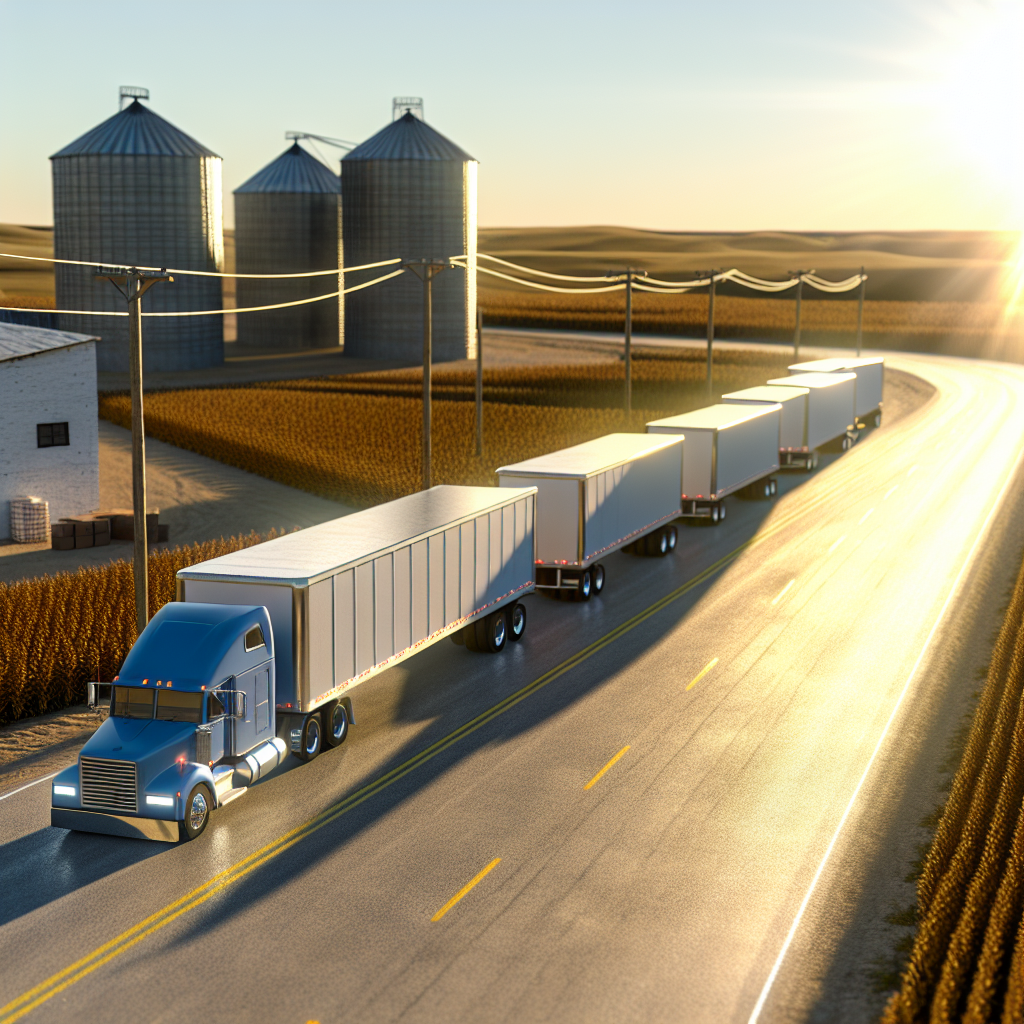Amazon is injecting $1.9 billion into its Delivery Service Partner network just as third‑quarter results show the company’s engine running hotter. For trucking and parcel operators, the timing signals where the next wave of freight and labor pressure may surface: on the short‑haul routes feeding thousands of small communities that Amazon now treats as growth markets.
The e‑commerce giant reported net sales of $180.2 billion for Q3 2025, up 13% year over year. Earnings benefited from a reaccelerating cloud unit — AWS revenue rose 20% to about $33 billion — even as results absorbed two big charges tied to an FTC legal settlement and severance costs. Shares jumped in after‑hours trade, and management set a fourth‑quarter revenue outlook of $206–$213 billion. For carriers, that combination of stronger demand and heavier holiday guidance points to sustained high-velocity volumes moving into Amazon’s middle‑ and last‑mile networks through year‑end.
Beyond the headline numbers, Amazon’s retail playbook keeps shifting toward speed — and deeper into rural America. The company said it aims to double the number of rural communities with access to same‑day or next‑day delivery and to extend perishable grocery delivery to more than 2,300 communities by December 31. That strategy doesn’t just add vans; it reshapes upstream freight. More same‑day nodes outside major metros mean more frequent, finely scheduled middle‑mile runs to position inventory closer to demand spikes.
That’s where the $1.9 billion Delivery Service Partner investment matters. By steering fresh dollars to DSPs — the small businesses operating Amazon‑branded step vans — Amazon is effectively propping up wage floors and driver retention in the tightest part of its network. In practice, higher driver pay and more modern route tools should lift stop density and reduce churn, two chronic drags on rural and exurban productivity. Freight brokers and regional carriers that interline with Amazon stations should anticipate denser evening inbound windows and earlier outbound cuts as stations chase same‑day service promises.
The logistics thesis shows up in the margin story. Amazon has stressed that faster delivery is now a cost reducer, not just a customer perk, thanks to regionalized inventory placement and fewer touches. The company continues to push robotics and AI to compress dwell and sort times, a mix that shortens package miles and supports better utilization of linehaul and P&D assets. For trucking firms, that translates to tighter appointment precision and less tolerance for latency on relay legs into rapid‑turn stations.
For independent parcel providers and local carriers, the rural expansion is a double‑edged sword. It widens the market for contracted middle‑mile moves into far‑flung delivery stations — opportunities for nimble asset‑light players — while raising the bar on service reliability. As Amazon widens its same‑day footprint, expect more night and pre‑dawn tenders, higher penalties for missed windows, and a premium on carriers that can flex equipment between conventional linehaul and short‑haul milk runs without sacrificing on‑time performance.
Inside Amazon’s own network, the volume picture is constructive heading into peak. Management’s Q4 guide implies another step up in throughput, while AWS strength helps fund capex and network optimization without leaning solely on retail margins. If that revenue cadence holds, the $1.9 billion DSP infusion looks less like a one‑off raise and more like a structural capacity investment designed to keep rural delivery economics in the black as service levels rise.
What to watch next: station‑level hiring and routing density in smaller ZIP codes, the cadence of middle‑mile appointments into new or upgraded rural delivery sites, and whether DSP pay gains ripple into competing local P&D labor markets. If rural same‑day adoption meets Amazon’s targets, truckers should plan for steadier off‑peak demand into those nodes well beyond the holidays — along with more stringent scorecards tied to first‑attempt delivery success.
Sources: FreightWaves, Wall Street Journal, Associated Press, Business Insider, Investing News Network
This article was prepared exclusively for TruckStopInsider.com. Republishing is permitted only with proper credit and a link back to the original source.





